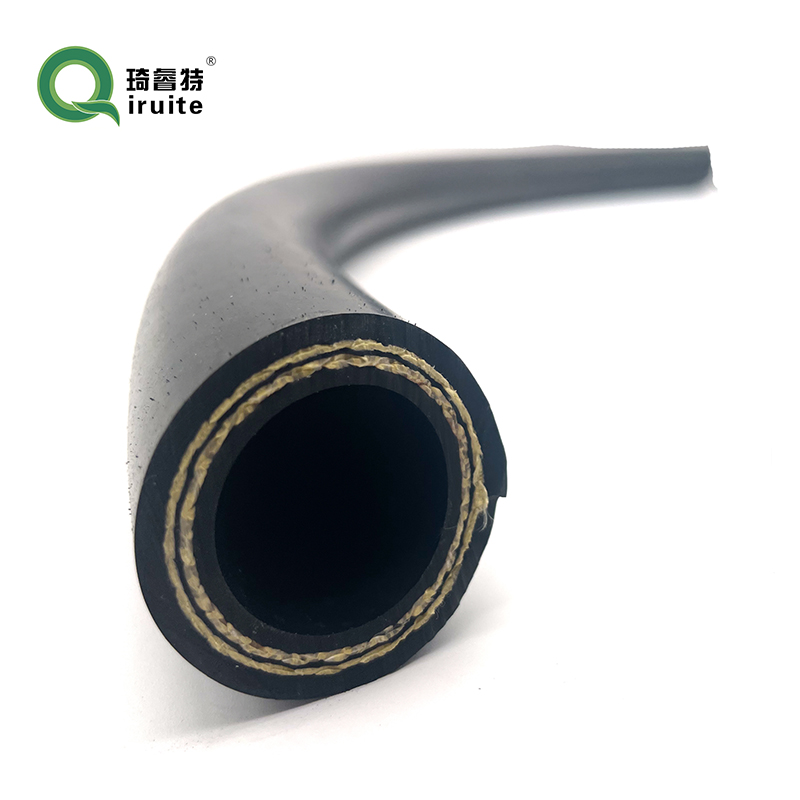r134a hose with gauge
Understanding R134A Hose with Gauge A Comprehensive Overview
R134A refrigerant is commonly used in automotive air conditioning systems and various commercial refrigeration applications. To efficiently work with R134A systems, technicians often rely on specialized tools, among which the R134A hose with gauge is essential. This article aims to provide an insightful overview of R134A hoses with gauges, their importance, functionality, and tips for effective use.
What is R134A Hose with Gauge?
An R134A hose with gauge is a flexible tube designed to connect the refrigerant system to a manifold gauge set. This configuration allows HVAC and automotive technicians to monitor pressure levels within the system. The hose is typically equipped with fittings that interface with the service ports of the air conditioning system, enabling safe handling and charging of R134A refrigerant.
Importance of Using a Gauge
Pressure gauges serve a critical role in diagnosing and servicing air conditioning systems. They provide real-time data on the refrigerant's pressure and temperature, which is vital for ensuring the system operates efficiently. Correct pressure levels are crucial for optimal cooling performance. Too high or too low pressure can lead to system failure or insufficient cooling, thus negatively impacting vehicle comfort or food preservation in refrigeration units.
How to Use R134A Hose with Gauge
1. Preparation Before connecting the hose, ensure that the air conditioning system is turned off and the environment is safe. Have protective gear such as gloves and goggles ready.
r134a hose with gauge

2. Connections Connect the low-pressure side of the hose to the air conditioning system's low-side service port. It’s essential to ensure that the connection is secure to prevent refrigerant leaks.
3. Monitor Pressure Once connected, observe the gauge readings. Compare them with the manufacturer’s specifications to determine if the system is charged correctly. If the pressure is too low, the system may be undercharged or have a leak; if it is too high, there may be an overcharge.
4. Charging If you need to add refrigerant, consult the system’s manual for the correct amount. Open the valve on the hose to allow the refrigerant to flow in while monitoring the gauge. It’s crucial to add refrigerant slowly to avoid overcharging.
5. Final Steps After charging, disconnect the hose and check the system for leaks. Also, ensure that all service ports are properly capped to prevent refrigerant escape.
Safety Precautions
When working with R134A hoses and gauges, safety is paramount. R134A is non-toxic but can be harmful if inhaled in large quantities. Always work in a well-ventilated area, and avoid using any flames or sparks near refrigerants. Familiarize yourself with the proper safety protocols and material safety data sheets (MSDS) associated with R134A refrigerant.
Conclusion
An R134A hose with gauge is an indispensable tool for anyone involved in the maintenance and servicing of air conditioning systems. By understanding how to use it effectively and observing safety protocols, technicians can ensure that refrigerant levels are maintained properly, leading to enhanced system performance and longevity. Whether you’re a professional or a DIY enthusiast, investing in a quality R134A hose with gauge will undoubtedly pay off in preventing costly repairs and maintaining comfort.
-
Ultimate Spiral Protection for Hoses & CablesNewsJun.26,2025
-
The Ultimate Quick-Connect Solutions for Every NeedNewsJun.26,2025
-
SAE J1401 Brake Hose: Reliable Choice for Safe BrakingNewsJun.26,2025
-
Reliable J2064 A/C Hoses for Real-World Cooling NeedsNewsJun.26,2025
-
Heavy-Duty Sewer Jetting Hoses Built to LastNewsJun.26,2025
-
Fix Power Steering Tube Leaks Fast – Durable & Affordable SolutionNewsJun.26,2025

